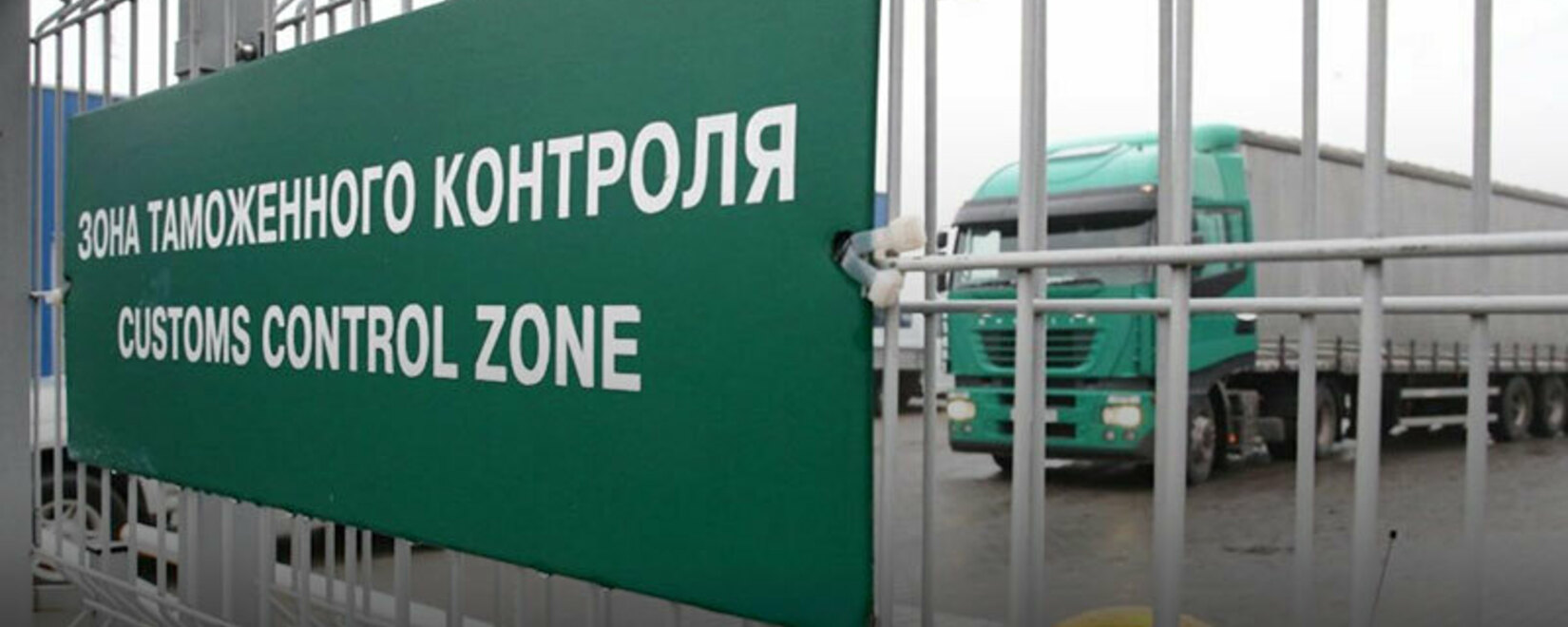From October 1, Russia will begin to operate temporary flexible export duties on a wide range of goods linked to the ruble exchange rate; a decree on this has already been signed, the government press service reported.
“The measure is temporary and aimed at protecting the domestic market. The duty will range from 4 to 7% depending on the exchange rate of the national currency. At 80 rub. for a dollar and below it will be zero. For fertilizers, the duty will be up to 10% depending on the ruble exchange rate,” the message says.
The duty is expected to be:
— 4% of the cost with an average exchange rate of 80 to 85 rubles. during the monitoring period,
- 4.5% - at a rate of 85 to 90 rubles,
- 5.5% - at an exchange rate of 90–95 rubles,
— 7% — with a rate of more than 95 rubles.
The government emphasized that regulation is applied in order to maintain a rational balance between the export of goods and domestic consumption and will help protect the domestic market from unjustified price increases. Flexible export duties will be in effect until the end of 2024, the Cabinet of Ministers specified.
In particular, such goods as crude oil, petroleum products, gas condensate, natural gas and LNG, wheat (seed and other), rye, barley, corn (all non-seed) are exempt from exchange rate export duties. , sunflower oil, sunflower meal, timber, waste and scrap of ferrous metals, waste and scrap of copper, nickel, lead. Also, duties do not apply to machinery, equipment, mechanisms, electrical equipment, ground transport, aircraft, ships, instruments (optical, photographic, medical, control), furniture, toys (HS groups 84-96).
Exchange duties of 4 to 7% included fish and shellfish, bird eggs, vegetables and fruits, alcohol, explosives, some chemical products (cements, concrete, brake fluids, antifreeze), polymers, rubber and products made from them (for excluding hygiene products, including contraceptives), natural and artificial fur, paper and cardboard, wool, cotton, chemical fibers, textile materials, ceramics, precious metals and jewelry, cast iron, ferroalloys, ferrous metal products, copper and it (except wire, plates, leaves and strips, copper foil), nickel, untreated aluminum, lead, zinc, tin.
The day before, sources from RBC and Interfax reported that the government was studying the issue of withdrawing “exchange rate rent” from exporters through a new duty, the amount of which would be tied to the dollar exchange rate.
The initiative belongs to the Ministry of Finance, which estimates that about 500–700 billion rubles are required to balance the budget, a source close to one of the chemical companies told RBC. According to him, the deputy head of the department, Alexei Sazanov, proposed using “exchange rate rent” for this last week.
A source close to one of the metallurgical companies said that the measure will mainly affect companies that have a significant portion of their exports to distant countries.
At the beginning of August, the Russian currency continued to weaken and surpassed the 100 ruble mark. per dollar, shortly after which the Bank of Russia initiated an unscheduled increase in the key rate to 12%.
The increase in the key rate of the Central Bank in August and a tough signal from the regulator allowed the Russian currency to strengthen to 95 rubles. per dollar, but the weakening continued in September. Currently, the national currency exchange rate is 96.6 rubles. per dollar and 103.3 rubles. per euro.
In the context of a depreciation of the ruble against foreign currencies, the introduction of export duties is a reasonable measure to protect businesses and citizens from rising prices on Russian markets [since supply on the domestic market will increase], Svetlana Solyannikova, vice-rector for research at the Financial University, told RBC.
When forming new supply chains, developing operational and strategic plans in 2022 - early 2023, the business was guided by an exchange rate of 70-75 rubles. per dollar, therefore, in conditions of high volatility of the national currency, the rate is above 80 rubles. for $1 leads to excess profits for exporters, due solely to exchange rate differences, she noted.
Director of the Department for Development and Regulation of Foreign Economic Activity of the Ministry of Economic Development Liliya Shchur-Trukhanovich emphasizes that export regulation is being introduced temporarily. “They are based on a logic that is in many ways similar to that which was used in permanent damping mechanisms for grain and sunflower oil, which have shown their effectiveness. The flexible duty rate has helped mitigate this impact while maintaining export profitability,” she says. According to the official, the measure softens the impact of the exchange rate on the trade balance and creates the preconditions for expanding supply in the domestic market. “This, in turn, will have a dampening effect on the prices of many goods,” she concluded.
The official explained the removal of a number of goods from export duties by the high share of imported components in their cost, and these are also high-value products

 Trading platform
Trading platform 
 Monitoring
Monitoring  Express applications
Express applications 
 Fork Work
Fork Work 
 Service
Service  News
News  Directory
Directory 
